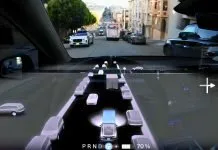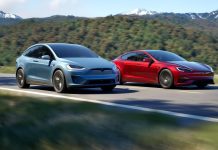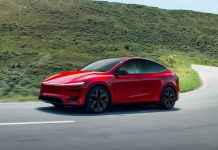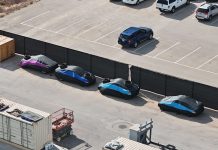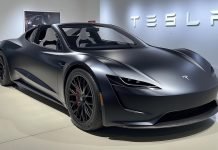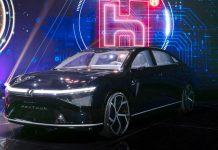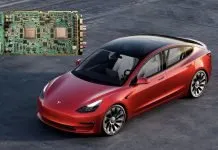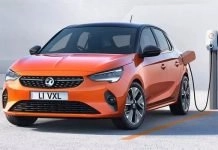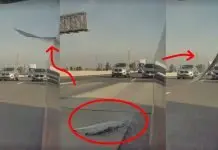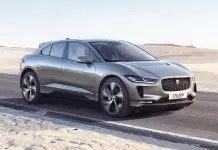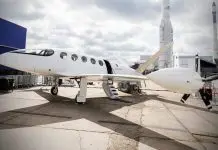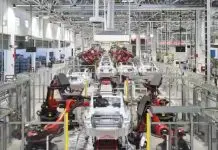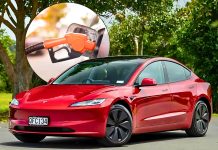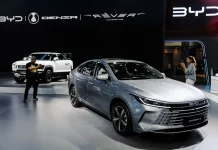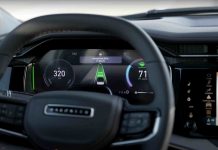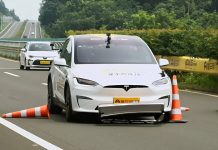Tesla Full Self-Driving (Supervised) is only slightly further away from European approval, with the United Nations Economic Commission for Europe (UNECE) Task Force about to convene on October 23 to consider Phase 3 amendments to UN Regulation No. 171 (R171), which will be a necessary milestone towards allowing automated driving to work outside of highways and into urban environments.
The possible change of regulations may become the turning point in the development of autonomous driving in Europe, adapting the system to the fast rates of its development in North America, where Tesla already has an active FSD (Supervised) implementation.
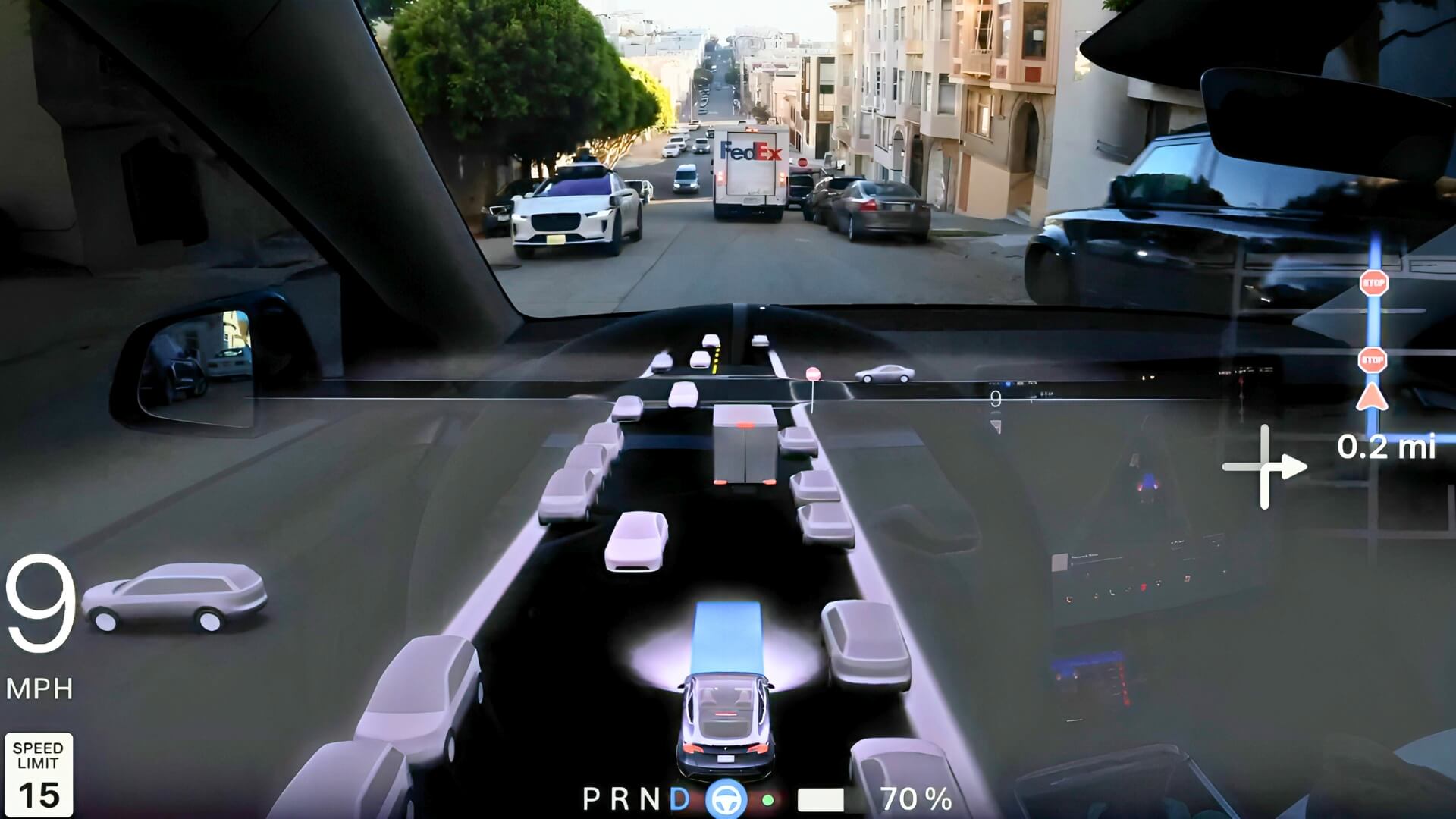
Expanding Beyond Highway Autonomy
The proposed UN R171 Phase 3 amendments aim to enable system-initiated maneuvers, including turns and obstacle avoidance within city environments — capabilities currently restricted under existing regulations.
Until now, the UNECE’s approval for driver-assistance systems like Tesla’s Autosteer on City Streets has been limited primarily to highway settings. However, if the Phase 3 proposal is adopted, automakers could seek approval for urban-level autonomous driving, provided their systems meet stringent safety and monitoring criteria.
This builds upon the September 2025 timeline previously set for expanded highway approvals under the existing R171 framework. Phase 3, therefore, represents the natural next step toward comprehensive supervised autonomy in Europe.
🚘 Big moment for supervised autonomy: on 23 Oct 2025, the UNECE Task Force on ADAS (Session 42) will discuss final Phase 3 amendments to UN Regulation 171 — the rulebook that could finally allow FSD Supervised-style tech to be approved across Europe. #UNECE #GRVA #FSD #FsdEurope
— FSD | Insider (@die_wende_) October 20, 2025
Key Safety and Driver Engagement Requirements
Although the new framework may allow Tesla to have a wider scope of operations, the FSD still has the aspect of being supervised, with the driver being held accountable throughout the process.
Under the existing draft proposals, the system would:
- Give 3-second warnings before performing any maneuver that the system initiates, i.e., lane changes, turns, or evasive moves.
- Demand constant driver attention, so we can use steering wheel sensors or camera-based surveillance to check attentiveness.
- Automatically stops the vehicle if the driver does not respond or take control when they are required.
Such safety measures are consistent with the emphasis of UNECE on progressive, step-by-step automation, which means that technological growth does not become unchecked by the regulatory authorities.
Manufacturer Validation and National Implementation
Although UNECE is approved, every manufacturer, including Tesla, will have to perform validation testing to guarantee that they comply with the new regulation. Subsequently, the regulation had to be adopted by individual authorities on a country level, i.e., by Germany’s KBA or France’s UTAC, to take effect within their countries.
This program has several stages, which means that Tesla may have a green wave in the UNECE environment, but local implementation will still be subject to local schedules. Those nations that abide by UNECE regulations, such as most of Europe, the UK, and a number of other markets, would most probably follow suit so that they can allow wider access to guided autonomy.
Paving the Way for FSD in European Cities
If approved, the amendment would allow Tesla FSD (Supervised) to run in both highway and city environments. In the case of Tesla, this will be a significant step. The company has been waiting a long time to have regulatory clarity to use its FSD Beta (Supervised) capabilities, including automated city navigation, roundabout navigation, and traffic-light response, outside of test fleets.
The transition has the potential to also hasten software-driven driver-assistance innovation in the whole industry, forcing competitors such as Mercedes-Benz, BMW, and Volvo to meet the same expectations.

